What is truly quantum about quantum thermodynamics?
The debated rapport between thermodynamics and quantum mechanics will be addressed in the framework of the theory of periodically driven/controlled quantum thermodynamic machines. The basic models studied by us are a two-level system (TLS) or a harmonic oscillator, whose energy is periodically modulated while the system is coupled to two distinct thermal baths. When the modulation interval is short compared to the bath memory time, the system–bath correlations are affected, thereby causing cooling or heating of the TLS, depending on the interval [1,2]. This setup constitutes the simplest (minimal) quantum heat machine (QHM) that may operate as either an engine or a refrigerator, depending on the modulation/driving rate [3]. It is used by us to scrutinize basic thermodynamic principles in the quantum domain:
(i) It is possible to surpass the Carnot bound when the driving is done by a quantum device (piston) in an appropriate state [4-6]. However, such enhanced efficiency does not mean that quantum effects invalidate the Carnot bound: their classical analog is a non-thermal bath whose temperature is controlled by its state. By contrast, engines powered by non-thermal (e.g. squeezed) baths may cease to be heat machines and act instead as devices exchanging work rather than heat with the baths, so that the Carnot bound is inapplicable to such devices [7].
(ii) An extension of the TLS model of quantum heat machines to multiple entangled TLS shows that the power output can be boosted by the quantum cooperativity of these systems, but the efficiency is still bounded by Carnot [6] .
(iii) The refrigeration effected by such QHMs persists as the temperature approaches absolute zero for certain quantized baths, e.g., magnons, thus challenging the Third Law(Nernst's unattainability principle) [2].
Thus, we may conclude that quantum machines powered by thermal and non-thermal baths may benefit from hitherto unexploited quantum resources, but they still comply with traditional thermodynamic rules, possibly with the exception of the Third Law.
[1] N.Erez et al., Nature 452, 724 (2008).
[2] M. Kolar et al. PRL 109, 090601 (2012).
[3] D. Gelbwaser-Klimovsky et al. PRE 87, 012140 (2013).
[4] ibid, EPL 103, 60005 (2013).
[5] ibid, PRE 90, 022102 (2014).
[6] ibid, Adv. At. Mol. Opt. Phys. 64, 329 (2015).
[7] W.Niedenzu et al. NJP 18, 083012 (2016).


